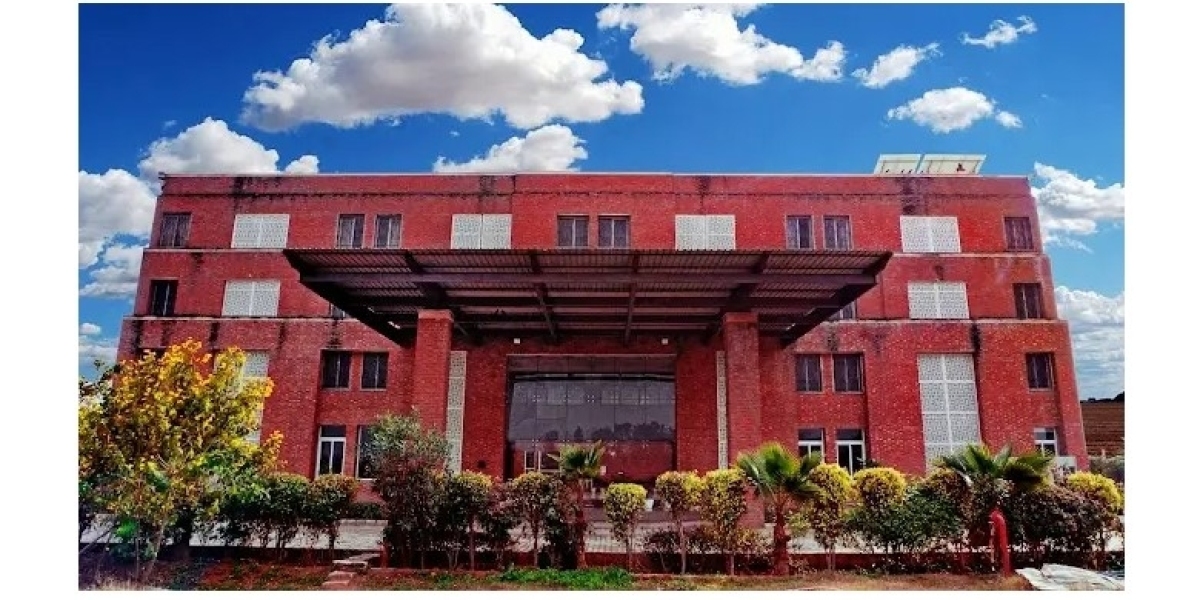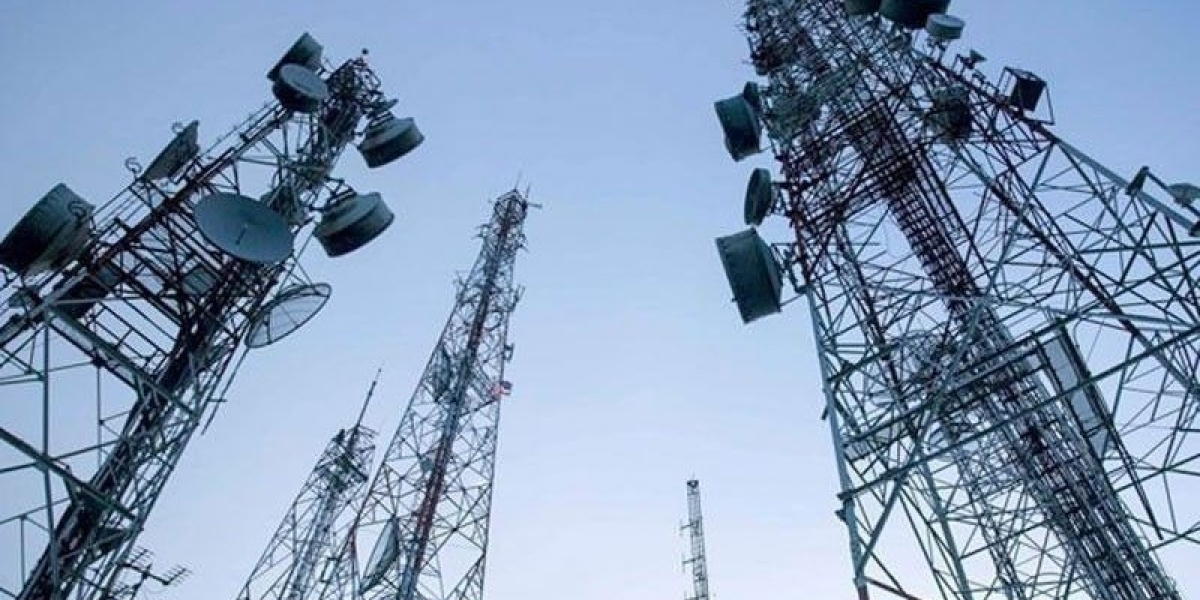Azoospermia, or zero sperm count, is a condition that prevents sperm from appearing in a man’s semen. This condition affects fertility but doesn’t always mean that fatherhood is impossible. Thanks to modern medical advancements, surgical procedures can often help men with azoospermia treatment retrieve sperm and achieve biological parenthood through assisted reproductive techniques like ICSI and IVF.
Understanding Azoospermia
Azoospermia can be classified into two main types:
Obstructive Azoospermia (OA): Sperm production occurs normally in the testes, but a blockage prevents sperm from entering the ejaculate.
Non-Obstructive Azoospermia (NOA): The testes fail to produce sufficient sperm due to genetic, hormonal, or structural issues.
The success of surgical treatment largely depends on whether the azoospermia is obstructive or non-obstructive.
Surgical Options for Azoospermia
There are several surgical techniques used to treat or manage azoospermia. These procedures aim to either remove blockages or retrieve sperm directly from the testicles for use in assisted reproductive treatments.
1. Vasovasostomy (Vasectomy Reversal)
For men with obstructive azoospermia caused by a blockage in the vas deferens, this surgery reconnects the tubes to restore sperm flow. If the obstruction is successfully corrected, sperm can reappear in the semen, allowing for natural conception in some cases.
2. Vasoepididymostomy
This procedure is performed when the blockage lies within the epididymis. It connects the vas deferens directly to the epididymis, bypassing the obstruction and allowing sperm to flow normally.
3. Testicular Sperm Extraction (TESE)
In this procedure, a small amount of tissue is taken from the testes to check for the presence of sperm. If viable sperm are found, they can be used immediately for ICSI or frozen for future use.
4. Microdissection TESE (Micro-TESE)
An advanced form of TESE, this surgery uses a high-powered microscope to identify areas of the testis that are still producing sperm. It is particularly effective for men with non-obstructive azoospermia and has a higher sperm retrieval rate compared to standard TESE.
5. Percutaneous Epididymal Sperm Aspiration (PESA) and Testicular Sperm Aspiration (TESA)
These minimally invasive techniques involve using a fine needle to collect sperm from the epididymis or testicles. They are quick procedures with faster recovery times, often performed under local anesthesia.
Success Rates of Surgical Azoospermia Treatment
The success rate of surgical azoospermia treatment depends on multiple factors, including the cause of azoospermia, the type of surgery performed, and the experience of the surgeon.
For Obstructive Azoospermia:
Surgical correction procedures like vasovasostomy or vasoepididymostomy can restore sperm to the semen in 70–90% of cases. Natural pregnancy rates may range from 30–60%, depending on the partner’s fertility and overall health.For Non-Obstructive Azoospermia:
Procedures like micro-TESE have sperm retrieval success rates between 40–60%. These retrieved sperm are then used for ICSI, with pregnancy success rates typically ranging from 30–50% per cycle.
While not every case leads to natural conception, these success rates show that many men with zero sperm count still have the potential to father a biological child.
Factors Influencing Success
Several factors can affect the success of surgical azoospermia treatments:
Type of Azoospermia: Obstructive types generally have higher success rates than non-obstructive.
Age and Health: Younger men tend to have better outcomes due to healthier sperm production and faster recovery.
Surgeon’s Expertise: Experienced surgeons using advanced microscopic techniques improve chances of sperm retrieval.
Underlying Causes: Genetic conditions, hormonal imbalances, or previous infections can impact results.
Assisted Reproduction Support: The success of sperm retrieval is often linked to effective IVF and ICSI techniques.
Emotional and Psychological Support
Dealing with azoospermia can be emotionally challenging for couples. Supportive counseling helps men cope with the diagnosis and stay positive during treatment. Many fertility center now provide psychological support as part of their treatment plans to help couples navigate their journey with confidence.
Final Thoughts
Surgical azoospermia treatments have transformed the possibilities for men with zero sperm count. Whether through microsurgical sperm retrieval or corrective procedures, these methods offer real hope for achieving biological parenthood. Success depends on accurate diagnosis, skilled surgical intervention, and a tailored treatment approach.









